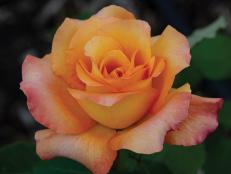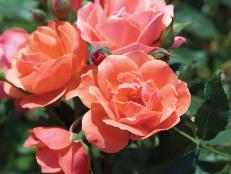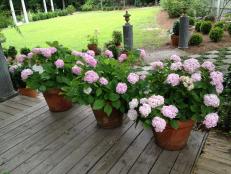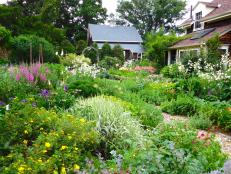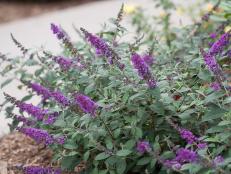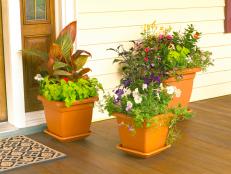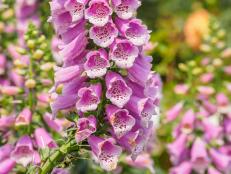How to Design a Rose Bed


Image courtesy of David Austin Roses
When you’re ready to add a rose bed to your garden, consider lovely, lush English roses. These fragrant beauties are disease-resistant, vigorous and easier to maintain than many modern hybrids.
Michael Marriott, senior rosarian for David Austin Roses, has been passionate about English roses for over 25 years and admires them for their fragrance, long bloom period and ease of care. The key to growing them, he says, is properly preparing the ground and choosing reliable varieties.
Throughout his career, Marriott has designed private and public rose gardens in many different countries.
Whether you’re a beginner or an experienced green thumb, try these ideas for creating (or improving) the beds in your yard:
Starting a Rose Bed
- While English roses can adapt to a variety of soils, it’s best to add plenty of well-rotten manure or compost to your native soil before you plant.
- Sketch out a diagram. Roses can be grown in rectangular beds, ovals, irregular shapes or single or double borders. Use graph paper to make accurate scale drawings. Many beds are designed so that you can work in them easily from all sides.
- Decide on a strategy. What colors do you like? Do you want only roses, or will you mix them with perennials? Think about how tall the plants will grow.
- Remember that the dimensions given for mature English roses are only estimates. Careful pruning can help control their size, producing somewhat larger or smaller plants.
- Make notes when you visit private or public gardens that you admire, and think about how you might modify their ideas in your yard.
Now you’re ready to dig in:
- Soak bare-root or container-grown roses overnight before planting.
- If you live where the winters are cold, plant the bud union (the base of the canes) 3” below ground level. Gardeners in mild winter areas can keep the bud unions at ground level.
- Water the roses thoroughly after planting and water deeply each week, depending on your climate and the season. Michael recommends regular feedings of slow release or organic fertilizers, as well as occasional foliar feedings. Follow directions on the fertilizer you are using. Mulch the roses with 6” of compost, soil or bark chips.
- Michael does not spray his roses, preferring to use organic methods to control pests and diseases. He begins by selecting healthy rose varieties to grow with companion plants that attract beneficial insects. He also practices the basics of good gardening, which include enriching the soil, watering, mulching, fertilizing and using mycorrhizal fungi (fungi that help plants access nutrients from the soil).
Thanks to Michael Marriott of David Austin Roses for his assistance with this article.






